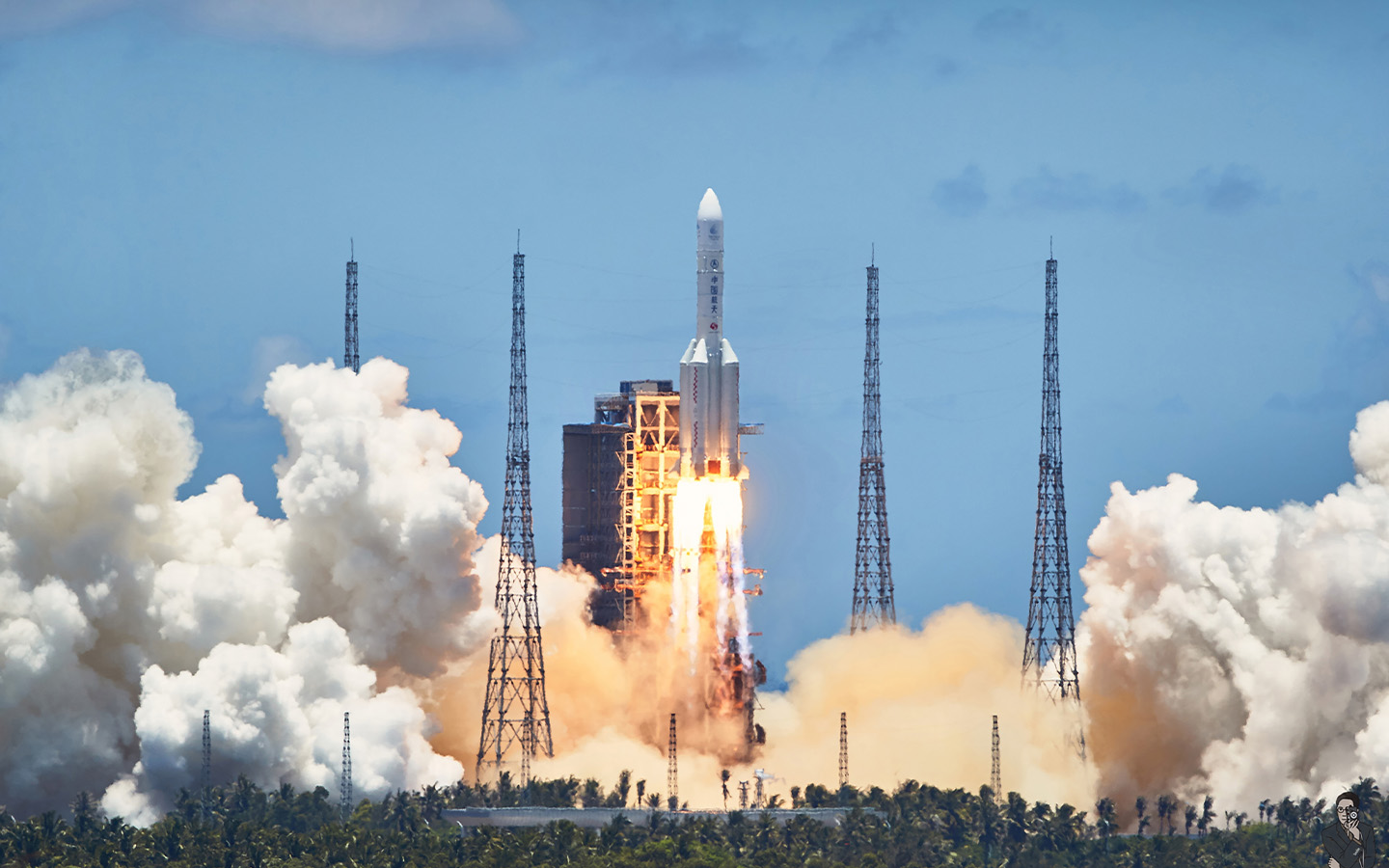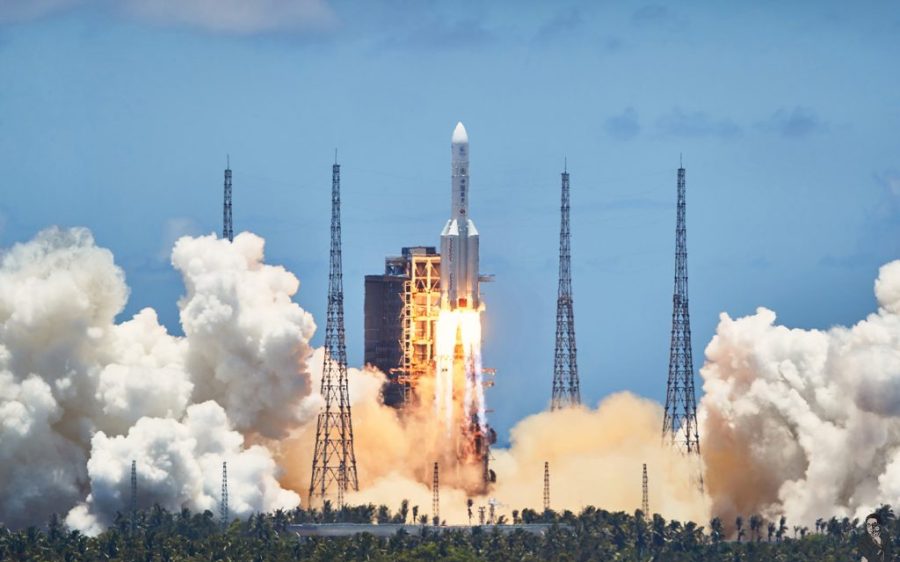Brazil is courting Chinese satellite launches in bid to expand presence in the space sector while strengthening relations with an important international partner, reports Agência Brasil China.
Brazilian President Luiz Inâcio Lula da Silva presented the proposal to have China use Alcântara Space Center (known by its Portuguese initials CEA) for future orbital missions during his recent visit to Beijing. Located in the northeastern state of Maranhão, CEA is the closest launch base to the equator on Earth, sitting just over 2 degrees south of it.
The closer to the equator, the more a launch can take advantage of the increased rotational speed and the lower drag to reach orbit. Launches from CEA use up to 30 percent less fuel and have the option to increase the weight of the rocket or cargo without requiring additional fuel. Such savings, the news website Revista Oeste noted, are particularly valuable to countries that intend to maintain a constant presence on the Moon and reach Mars. Wenchang Space Launch Site, in comparison, is China’s closest base to the equator at a full 19 degrees north of it.
Diplomatic sources said the CEA proposal was well received by Chinese authorities. A Chinese technical delegation is expected to visit Alcântara later this year to assess conditions at the base. If the proposal goes through, Brazil could take on a leading role in space geopolitics while also elevating bilateral cooperation with China in a leading strategic sector.
[See more: Lula’s state visit to Beijing draws fresh Chinese investments in Brazil]
China is not the first partner that Brazil has courted to revive CEA. So far, though, launches from the site remain limited and a long-pursued deal with the United States ended in 2023. In China, Brazil aims to kickstart its own space programme by building on an existing foundation of trust and cooperation.
The two countries currently collaborate in the space sector through the China-Brazil Earth Resources Satellite programme (CBERS), which has seen five successful satellite launches since CBERS-1 went up in October 1999. The programme is scheduled to make two more launches in the next five years: CBERS-5 in 2030 and CBERS-6 in 2028.
The latter is an approximately 800-kilogram satellite currently under joint development at the China Academy of Space Technology in Beijing and the National Institute for Space Research in São Paulo. Expected to cost over US$100 million, the CBERS-6 satellite will use Synthetic Aperture Radar technology to generate data under any weather conditions, allowing Brazil to better monitor everything from fires to agricultural areas to natural disasters.
CBERS-5, a first-in-the-series geostationary weather satellite, is meanwhile intended to provide continuous observation of a specific region by matching the planet’s rotational movement. The Brazil-focused satellite will dramatically improve weather forecasting and monitoring of extreme weather events in the country, an invaluable tool as climate change worsens. As with all previous CBERS satellites, both new additions to the series are expected to launch with Chinese rockets from the Taiyuan Satellite Launch Center in the northern Chinese province of Shanxi.






